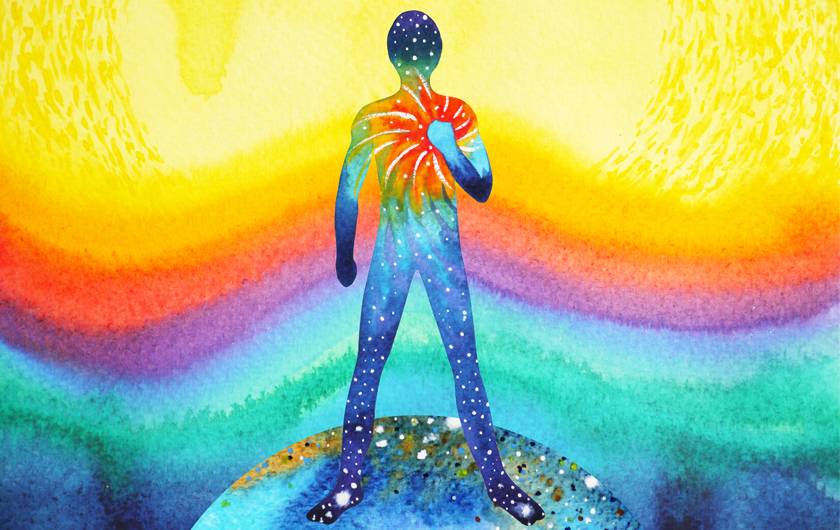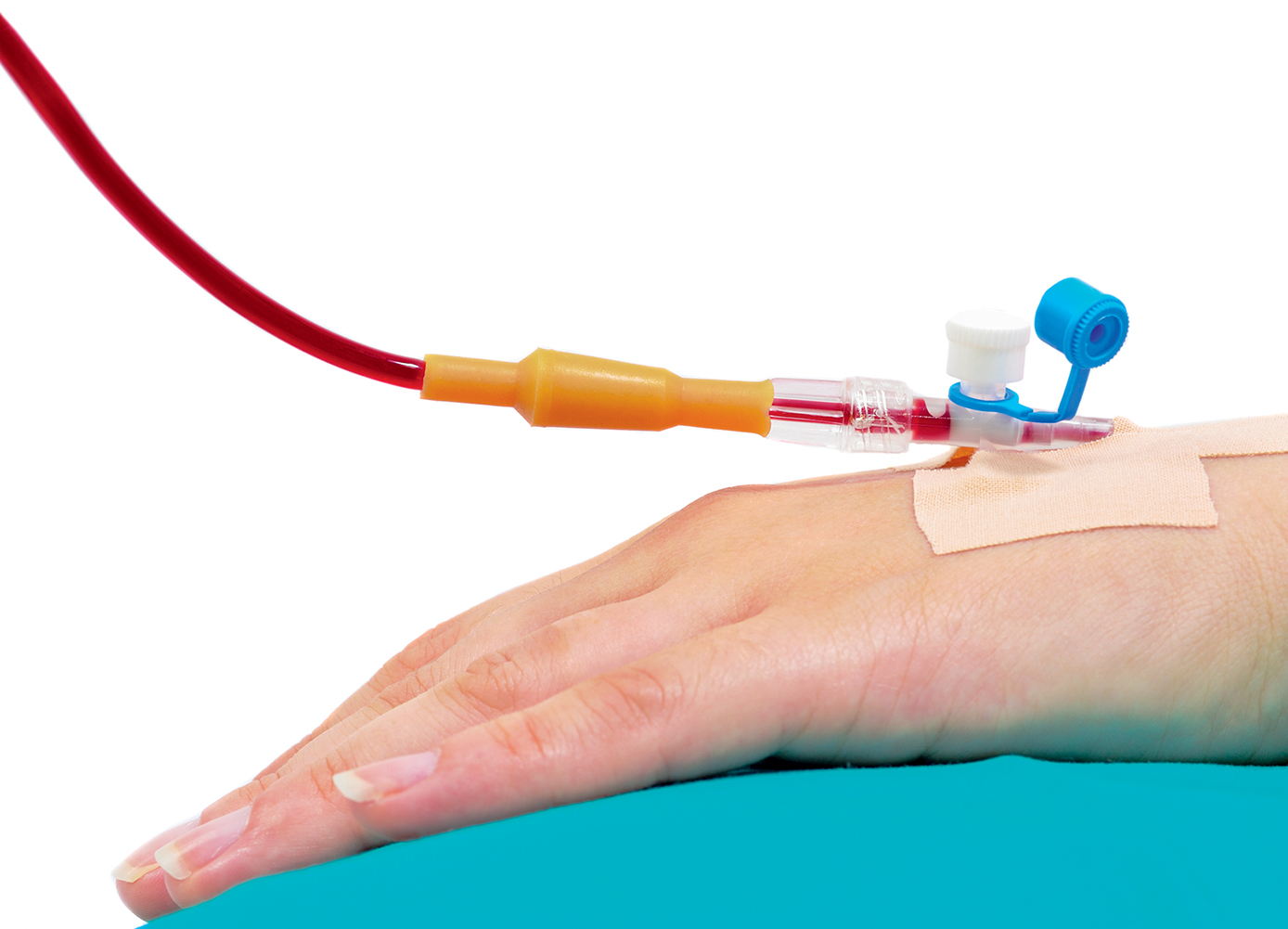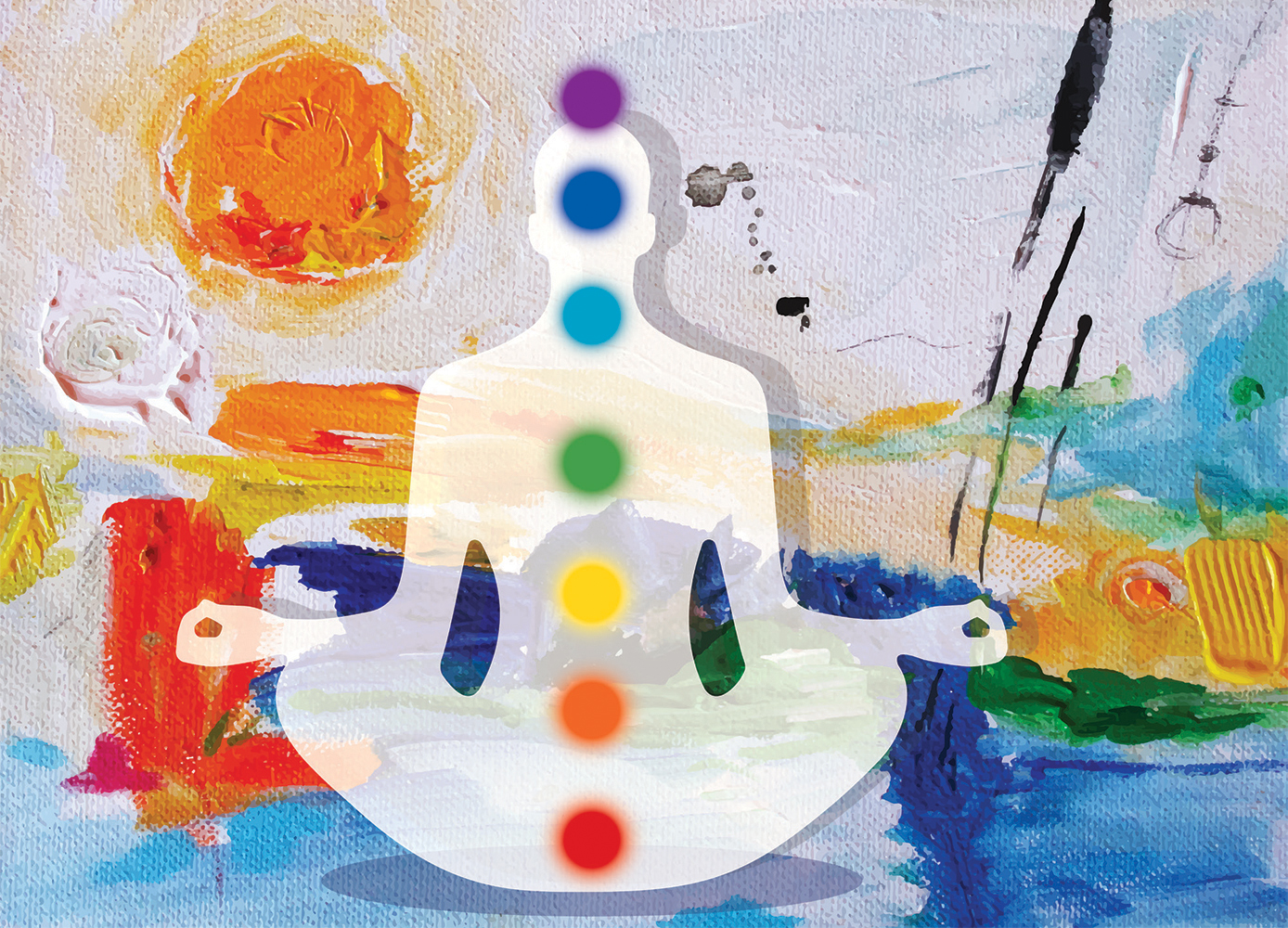Art therapy can help patients cope with a life-threatening disease
Photo: iStock/Benjavisa.
Being diagnosed with a life-threatening or fatal disease will induce depression or despair in almost anyone. Those facing their own mortality can experience existential angst and post-traumatic stress. For such patients, art therapy can often be a powerful tool.
“The emotional and spiritual aspects of the person are often neglected by health professionals, who, understandably, tend to privilege treating the disease and the body,” explains Rosemary Reilly, associate professor of applied human sciences in the Faculty of Arts and Science at Montreal’s Concordia University.
To learn more about how the therapy could help patients, Reilly teamed with art therapist Kate Laux and other researchers to explore its effect on 10 breast cancer patients at the McGill University Health Centre in Montreal.
Throughout their hospitalization, patients participated in a painting class. Interviewing them about their experience, Reilly found that the therapy helped patients to accept their own mortality and to explore their values and the meaning of their lives.
“Facing a life-threatening illness, and exploring this through art therapy, participants in this inquiry came to clarify for themselves what was important,” according to Emerging From the Rubble, a book of interviews and art collected through the research.
At times, the therapy provided patients an escape from their painful treatments, with one saying that artwork provided her with a much needed sense of control when every other part of her life was beyond her control. Others found that the therapy helped them better appreciate the present moment, which they came to value more knowing they have limited time left.
The classes also broke down isolation, a result also found in a 2019 UK study of five dementia patients who took part in music and dance therapy over the course of four weeks. Researchers found that classes not only increased empathetic connections between patients, but also improved their confidence, well-being, and sense of control.





